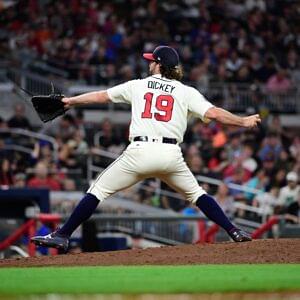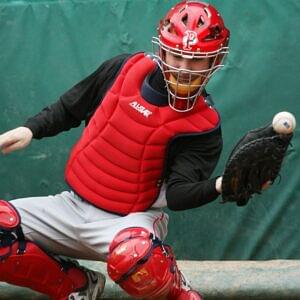The knuckleball pitch is nearly extinct. Since 2004, only about 70 pitchers have regularly used the pitch!
Why has it become so scarce to experience?
Best knuckleball Pitchers

To start, let’s look at the maestros who have kept it alive for decades. Phil Niekro, Tim Wakefield, and R.A. Dickey were all major contributors to making sure it wasn’t extinct.
It worked out for them, too! Wakefield’s control made him a fan favourite for the Red Sox, and Dickey won a Cy Young in 2012.
Lack of motivation

The knuckleball is a notoriously difficult pitch to master. It requires minimal spin, a stiff wrist, and precise control to achieve that infamous erratic movement. It often takes years of that rigorous work, and even after mastering it, the most skilled knuckleballers can easily lose control in rough conditions.
Further, teams have recently moved to high velocity and spin rate pitches, discouraging young pitchers from mastering the slower pitch. They focus on analytics, so they tend to overlook players who focus on an unpredictable pitch rather than pure power. Not to mention, the pitch is incredibly difficult for catchers to track, further making the pitch unattractive for teams.
Scarce mentors

There’s a very small population of pitching mentors to teach young pitchers the knuckleball. Since so few pitchers pursue the art, there are fewer resources for aspiring knuckleballers.
This eliminated a pipeline to pass down the knowledge, allowing for the art to fade away.
Can it make a comeback?
Of course it can. The pitch isn’t gone forever. Baseball is a game of trends, so all it takes is a resurgence of the pitch to come for it to catch on.
As baters are getting used to high velocity pitches, all it takes is one dominant pitcher with a knuckleball in their arsenal to revive the interest.
🚨 Knuckleball strikeout 🚨 pic.twitter.com/QQuw2fKlPK
— MLB (@MLB) June 24, 2021



